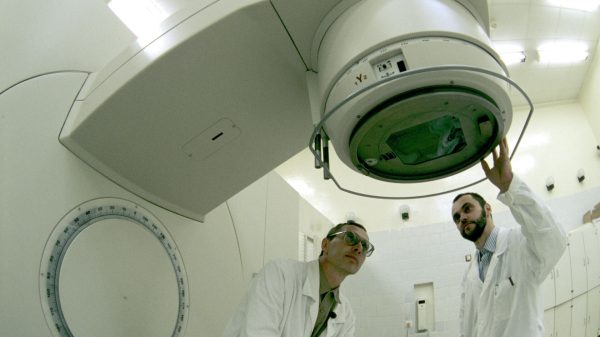Academician Pavel Balaban: “The intelligence of an octopus turned out to be comparable to the intelligence of a dog.”
The probable presence of consciousness in animals was discussed by scientists at the international conference “Animal Consciousness” held in early May. in the capital of Nepal, Kathmandu. One of the participants spoke about what happened on it “MK” — scientific director of the Institute of Higher Nervous Activity and Neurophysiology of the Russian Academy of Sciences, academician Pavel BALABAN.
 Pavel Balaban gives a report on the rudiments of consciousness in snails. Photo courtesy of P. Balaban.
Pavel Balaban gives a report on the rudiments of consciousness in snails. Photo courtesy of P. Balaban.
The hypothesis that humans are not the only creatures on the planet that possess consciousness has long been expressed by scientists. But it was only recently that the problem was seriously and purposefully addressed.
Thus, the first scientific conference on the topic of “Animal Consciousness” was held in May 2023 in the Indian city of Dharamsala. A year later, experts in behavioral biology, cognitive neuroscience, philosophy of consciousness, and Buddhist science gathered in Kathmandu. Among the 27 speakers, there were three Russians.
– I ask a question to one of them – Pavel Balaban.
– There were philosophers, there are a lot of them now, because when we raise the question of consciousness in animals, we must first decide on the methodology: how to study the problem? There were also theoretical and experimental biologists like me who study questions of consciousness in animals at the molecular level – from snails to monkeys. We also discussed for quite a long time: how can one understand whether, for example, a bee has consciousness?
– It seems that they definitely have some rudiments of consciousness, or rather sensitivity (sentience in English). You know how they transmit information – through dance and movement. Is this happening consciously or not? Bees also have voluntary movements, and they can do many of the things that humans can do. For example, if a scout bee has found food, it returns to the hive, dances in front of its relatives, then remains in the hive itself, and the “assault” bee leaves. the squad flies exactly to the place that she “told” them about, indicating both the direction of flight and the distance to the place.
– About two components that are the basis of any consciousness: memory and decision making. There are very good examples of decision making in simple animals – down to molecular mechanisms! We conducted corresponding experiments at our institute on snails.
For example: a snail crawls and encounters some smell. She has two options: either get closer, or turn around and “run.” That is, she must assess the situation and decide whether it is dangerous or not dangerous. Neuroscientists know the neural network that underlies such decisions. There are two levels: fast – in case of need to escape from danger, and lasting up to tens of minutes if it comes to absorbing potential food. My report was about the fact that decision making – This is not a one-time process, but constantly occurs during our life. Memory and decision making – these are two components of conscious activity. They are present in animals. But it looks like there should be something else besides them.
 Participants of the International Conference on Animal Consciousness in Kathmandu. Photo courtesy of P. Balaban.
Participants of the International Conference on Animal Consciousness in Kathmandu. Photo courtesy of P. Balaban.
– There was a very unexpected report for me, based, like mine, on experiments. The famous German biologist Matthew Larkum (Humboldt University, Berlin) studied the function of dendrites (branched processes of neurons). There are so-called apical (apical) dendrites. They occupy a significant portion of the gray matter in the brain, but no one knows exactly what their function is. There is an assumption that, roughly speaking, they provide the possibility of influencing the subcortical structures of the brain on the functioning of the cortex. So, Larkum experimentally proved that apical dendrites are necessary precisely for the implementation of higher brain functions. It was very interesting to listen to his arguments.
– They came to the conclusion that higher animals, mammals, certainly have a consciousness similar to ours, but, for example, reptiles do not have it in this form. They don’t even have a cerebral cortex, only some rudiments. By the way, not all invertebrates are bad with possible consciousness: two interesting reports on octopuses were given at the conference. It turns out that these unique animals have co layered nervous system intelligence – at the level of a dog, and a fairly large brain, comparable in relation to body size to a human.

























































Свежие комментарии